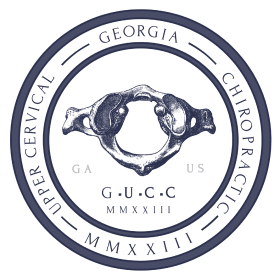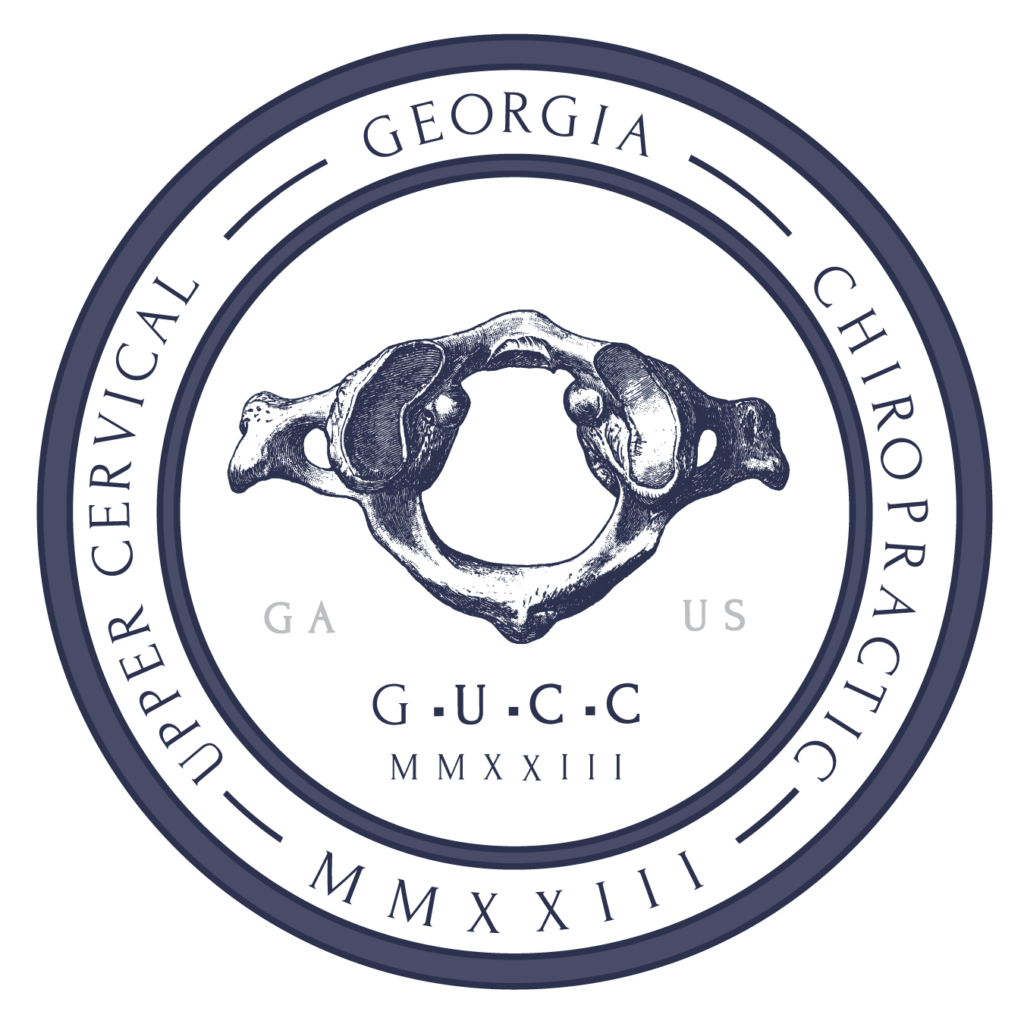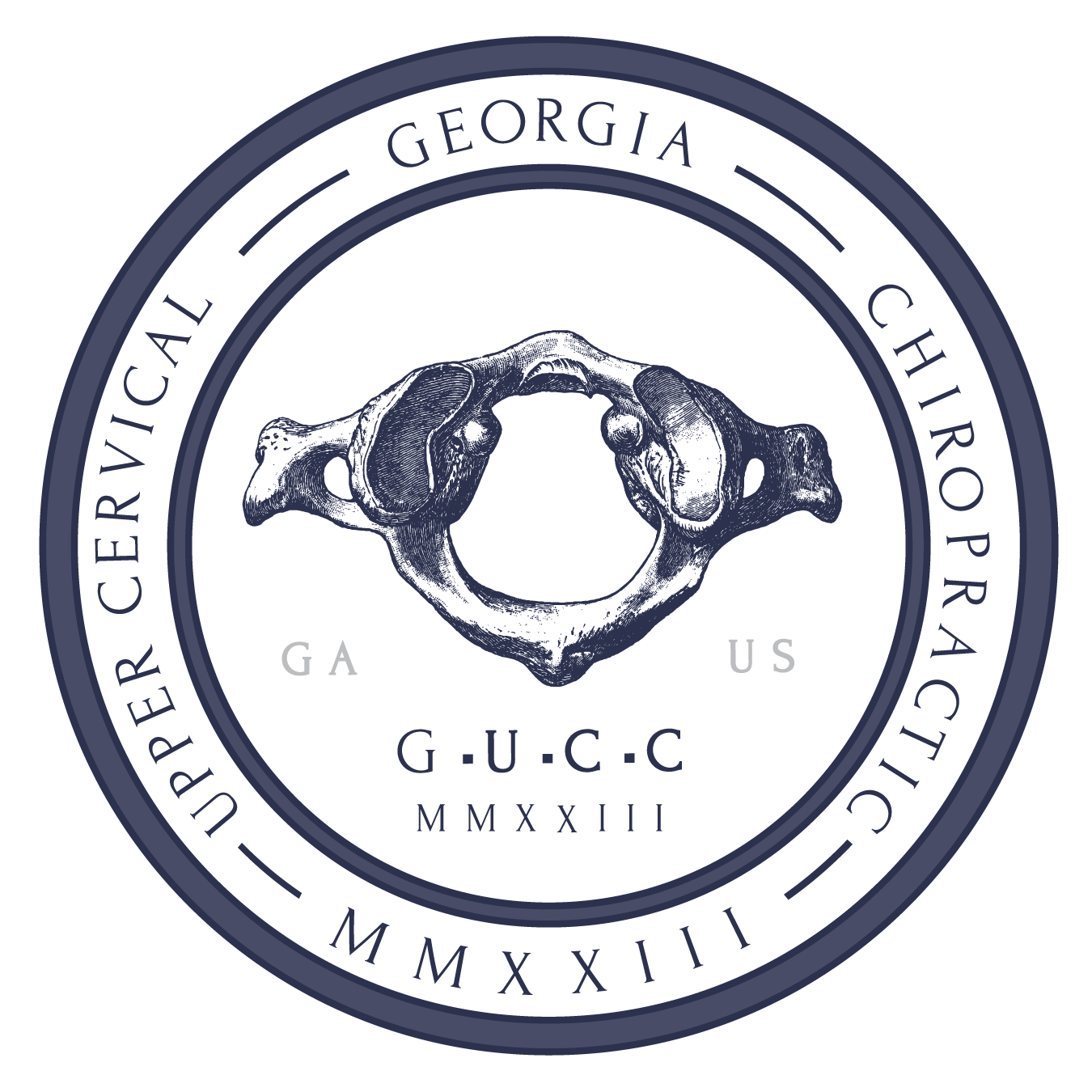TMJ Vertigo: Causes & Treatment Options
The temporomandibular joint (TMJ) is a hinge joint found on each side of your jaw where the skull and the jawbone meet. Pain and discomfort in that area may signal dysfunction or a TMJ disorder. If the problem gets as far as the inner ear, that can lead to tinnitus, vertigo, and dizziness.
Understanding the link between your TMJ and vertigo is important in finding a suitable treatment plan for not only your symptoms but also the root cause of your discomfort.
What is TMJ Disorder?
A temporomandibular disorder (TMD) or temporomandibular syndrome refers to any dysfunction in the TMJ or surrounding jaw muscles and nerves.
Teeth grinding or bruxism, trauma to the jaw bone, and misalignment in the joint or bite are all common causes of TMJ pain. A TMJ flare-up can last anywhere from a few days to weeks. When flare-ups cause vertigo, those symptoms can last from a few seconds to several minutes.
What are the symptoms of TMJ? The main symptoms of TMJ include jaw pain or soreness, especially when chewing, swallowing, and speaking.
Additional TMJ symptoms include:
- Facial pain or swelling
- Neck and shoulder pain
- Headaches, including migraines
- Toothache
- Clicking jaw
- Lockjaw, or limited jaw movement
- Vision problems
- Ear pain and discomfort that may resemble an ear infection
- Hearing loss
- Tinnitus, or ringing in the ears
- Vertigo/dizziness
What does TMJ vertigo feel like? TMJ vertigo feels like dizziness, lightheadedness, and loss of balance or coordination. Just like other causes of vertigo, it can make you unsteady on your feet, even causing nausea and vomiting in some.
When you feel off-balance or experience dizziness along with TMJ symptoms, it can signal a problem with your vestibular system. That’s the sensory system in your inner ear that handles your sense of balance.
Why TMD Causes Tinnitus & Vertigo
What causes vertigo? Dysfunction around the jawbone, including inflammation of the temporal bone and ligaments, can cause TMJ vertigo once it reaches the inner ear canal.
The inner ear is responsible for balance, coordination, and spatial awareness. Any inflammation in and around the inner ear canal can disrupt that sensory system. That can mean vertigo or hearing problems like tinnitus.
This can look like chronic ear infections or fluid in the middle ear for younger patients. Older adults and the elderly are more likely to experience vertigo due to problems with the inner ear.
Diagnosing TMJ Vertigo
A proper diagnosis of TMJ vertigo means getting to the root cause of your TMJ pain and vertigo symptoms. There may be an underlying condition causing both, so any solid treatment plan would address your symptoms and that condition.
Comprehensive health screenings include balance checks and a detailed health history. Your physician may order diagnostic imaging if they suspect a physical abnormality in the joint or if you’ve experienced neck or jaw trauma.
Some patients seek help from their dentist’s office, especially when their TMJ is caused by teeth grinding or jaw clenching. Specialists in neuromuscular dentistry work with patients to get to the root cause of their tooth and jaw pain.
TMJ Treatment Options
Is there any treatment for TMJ vertigo? There are treatments for TMJ vertigo that focus on reducing jaw pain in the short- and long-term. That can mean a combination of medication, therapies, and orthodontic care, depending on the cause of your discomfort.
In terms of your vertigo, there is no permanent cure for vertigo itself, but there are ways to treat your symptoms for long-term relief, like vertigo exercises and chiropractic care.
For mild cases of TMJ dysfunction, some doctors recommend a variety of at-home remedies. The following are common strategies to reduce mild TMJ pain:
- Eat soft foods.
- Use over-the-counter mouth guards.
- Take anti-inflammatory medications.
- Avoid chewing gum.
- Identify triggers for your pain, like big jaw movements.
- Try relaxation techniques to reduce jaw clenching.
- Use ice to reduce inflammation and jaw pain.
It’s important to note that at-home remedies are helpful in symptom management but will not address the root cause of your TMJ issues.
Your condition may worsen if your treatment plan does not include strategies to address the variety of temporomandibular joint disorders causing you pain.
Those strategies may include:
- A custom-fitted Daytime-Nighttime appliance, or DNA appliance, to correct bite misalignment or alleviate sleep apnea symptoms
- Botox injections to relax the jaw and facial muscles
- Physical therapy or chiropractic care to address not only TMJ pain but discomfort in the neck
Chiropractic Care for TMJ
Physical therapy or chiropractic care can help reduce neck pain and relieve vertigo symptoms, especially when the cause is cervical vertigo. Some chiropractors are certified to adjust the TMJ itself if needed.
What does TMJ do to your neck? TMJ does quite a few things to your neck. It can cause pain, stiffness, and spasms and reduce your range of motion. Because the TMJ is so close to the cervical spine, misalignment for either can affect the other, worsening both TMJ and neck pain.
Many chiropractic offices offer transcutaneous electrical nerve stimulation, or TENS therapy, for pain relief. This therapy uses low-voltage electrical currents to block nerve centers from sending pain signals to the brain. For severe TMJ pain, currents are directed at the jawbone. The method works well with patients who want to avoid medication as part of their treatment plan.
Ready to get to the root of your problem with chiropractic care? We’re currently accepting new patients at our Ball Ground and Atlanta/Decatur offices.
Sources
- Maini K, Dua A. Temporomandibular Syndrome. [Updated 2022 Feb 4]. In: StatPearls [Internet]. Treasure Island (FL): StatPearls Publishing; 2022 Jan-. Full text: https://www.ncbi.nlm.nih.gov/books/NBK551612/
- Speciali, J. G., & Dach, F. (2015). Temporomandibular dysfunction and headache disorder. Headache, 55 Suppl 1, 72-83. Abstract: https://pubmed.ncbi.nlm.nih.gov/25644695/
- Edvall, N. K., Gunan, E., Genitsaridi, E., Lazar, A., Mehraei, G., Billing, M., Tullberg, M., Bulla, J., Whitton, J., Canlon, B., Hall, D. A., & Cederroth, C. R. (2019). Impact of Temporomandibular Joint Complaints on Tinnitus-Related Distress. Frontiers in neuroscience, 13, 879. Full text: https://www.ncbi.nlm.nih.gov/pmc/articles/PMC6736614/
- Stanton, M., & Freeman, A. M. (2021). Vertigo. In StatPearls. StatPearls Publishing. Abstract: https://pubmed.ncbi.nlm.nih.gov/29493978/
- Khan, M. T., Verma, S. K., Maheshwari, S., Zahid, S. N., & Chaudhary, P. K. (2013). Neuromuscular dentistry: Occlusal diseases and posture. Journal of oral biology and craniofacial research, 3(3), 146-150. Full text: https://www.ncbi.nlm.nih.gov/pmc/articles/PMC3941922/
- Shanavas, M., Chatra, L., Shenai, P., Rao, P. K., Jagathish, V., Kumar, S. P., & Naduvakkattu, B. (2014). Transcutaneous electrical nerve stimulation therapy: An adjuvant pain controlling modality in TMD patients – A clinical study. Dental research journal, 11(6), 676-679. Abstract: https://www.ncbi.nlm.nih.gov/pmc/articles/PMC4275636/


